Every city runs on invisible helpers. Not just transit crews and water engineers, but wild workers that clock in without a paycheck or a press release. Look closer and you’ll see wings, whiskers, and talons quietly shoring up public health, food systems, and even infrastructure resilience. The twist is that many of these species were once dismissed as nuisances, yet new research shows they deliver real, measurable services. The story of how they do it isn’t just delightful – it’s a roadmap for smarter, healthier cities.
The Hidden Clues: Bees at Work in Flowerbox Forests
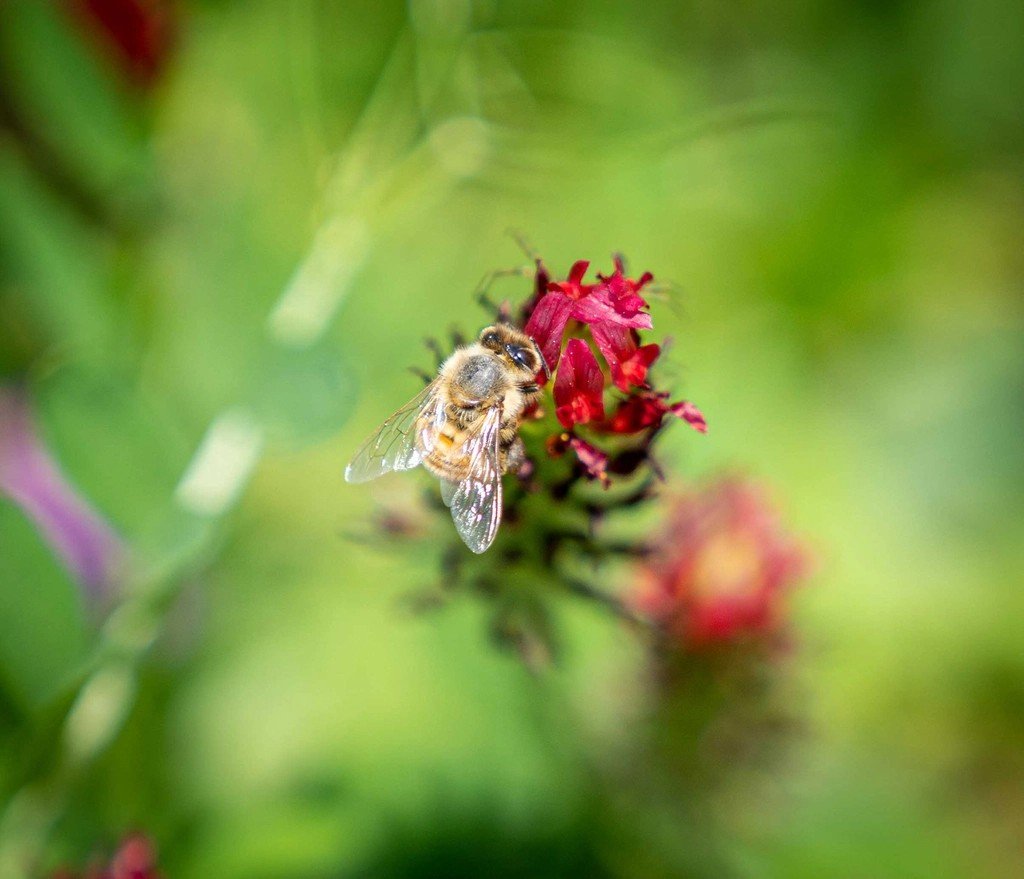
Urban bees – both honey bees and their often-overlooked native cousins – are the city’s stealthy pollination force, ping-ponging among window boxes, vacant-lot meadows, and pocket parks. Studies comparing urban and rural sites have found that pollination services for some plants can be as strong, or even stronger, in cities, likely thanks to varied blooms and longer flowering seasons in heat-island microclimates. If you’ve ever watched a bumble bee bounce between red clover spikes on a median strip, that’s a tiny supply chain in motion for neighborhood fruit trees and community gardens. Cities aren’t a cure-all – natural habitats still support the widest variety – but compared with intensive farmland, heterogeneous urban plantings often give bees a better deal.
The rise of pollinator-friendly corridors and rooftop gardens is turning concrete canyons into nectar networks that support food access and local biodiversity. In short, bees keep the green bits of our cities productive, stitched together, and surprisingly resilient.
Night Shift Hunters: Bats on Bridge Beams and Ballparks

As stadium lights blink on and traffic hums, bats take the night shift, sweeping the air for moths, beetles, and other insects that thrive in our illuminated, irrigated landscapes. In many cities, they roost in bridges and old buildings, then commute to forage over rivers, parks, and even nearby farms, where their insect appetite can reduce pressure on crops. I still remember standing on a riverwalk at dusk, watching a ribbon of bats unspool from under a highway overpass like smoke – flickering, efficient, almost mechanical in their rhythm. Recent dietary studies using DNA barcoding confirm that urban-roosting bats routinely consume pest species, translating into real economic and ecological value.
The myth that bats “solve” mosquitoes is oversold, but their nightly patrols shave down insect peaks that would otherwise spill onto playing fields, backyard patios, and farm edges. They’re nature’s aerial maintenance crew, keeping our nights a little less buggy and our parks a little more livable.
Skyline Sentinels: Peregrine Falcons on Pigeon Patrol
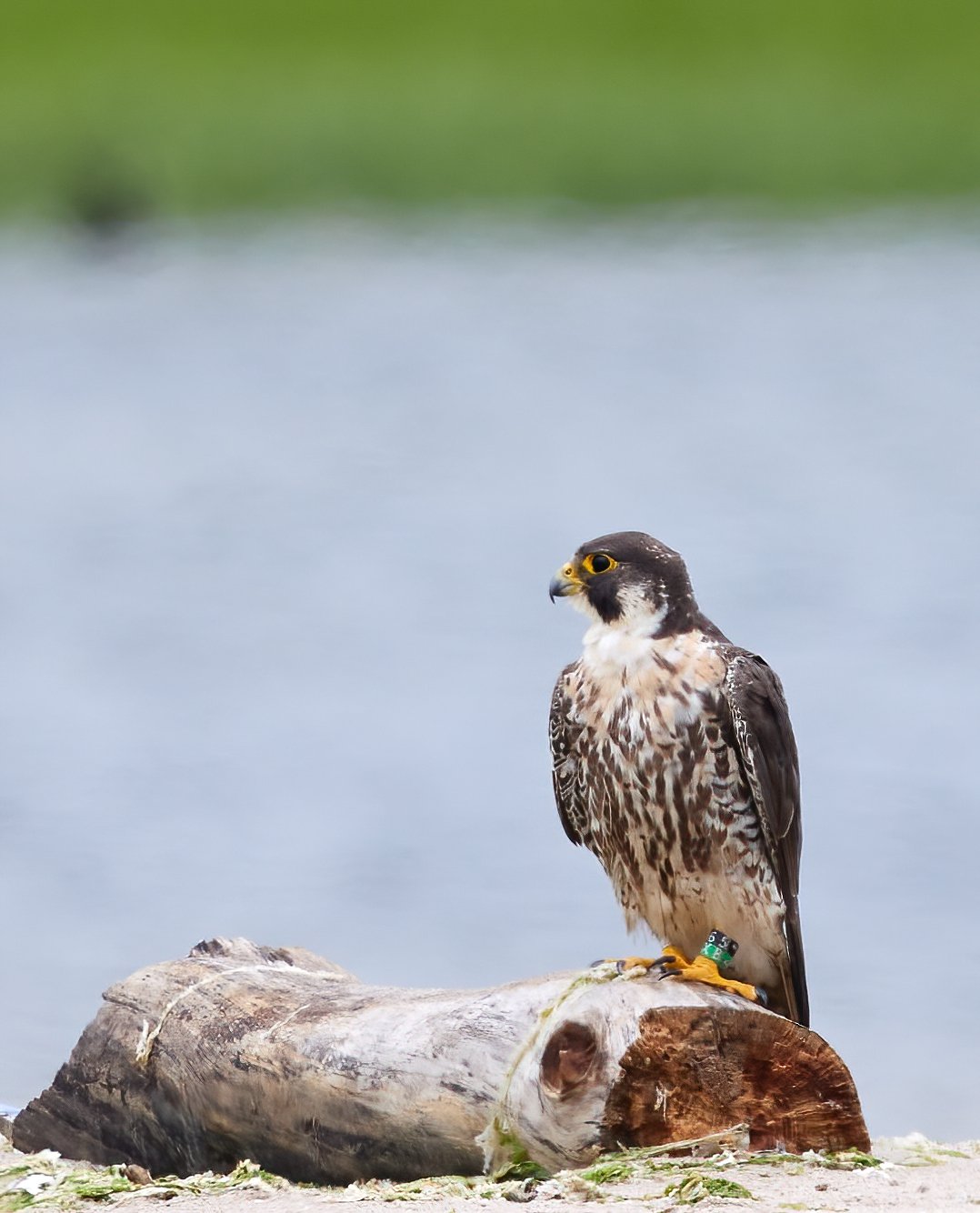
Once nearly erased by pesticide fallout, peregrine falcons now thrive in many U.S. cities, swapping cliff ledges for cornices and bridge trusses. These apex predators trim populations of pigeons and other urban-tolerant birds, bringing a top-down check to a food web that booms on spilled grain and street scraps. Decades of banding and nest-box programs helped the species rebound, and some urban populations now fledge more chicks than their rural counterparts, thanks to abundant prey and fewer natural enemies. Even as avian flu has stressed some coastal falcon populations, city birds – reliant on pigeons and songbirds – have largely held steady. Watch a falcon stoop between high-rises and you can feel the city breathe out, as if the skyline itself were participating in wildlife recovery.
These raptors aren’t a silver bullet for all nuisance birds, but they’re a living proof-of-concept that built environments can host functioning predator-prey dynamics.
Streetwise Stabilizers: Coyotes That Quietly Rewire Food Webs

It surprises people, but coyotes now occupy many major metros in North America, padding through greenways at night and denning near rail corridors, golf courses, and industrial edges. Long-term research in the Chicago region reveals how they navigate human-dominated mosaics while feeding mostly on small mammals, which can ease rodent pressure where sanitation is imperfect. Their presence can ripple outward, nudging mesopredators and prey into new patterns and, in some cases, damping boom-bust cycles that frustrate city managers. Encounters with people are rare when we secure trash, leash pets, and avoid feeding wildlife – basic coexistence that keeps coyotes wary and nocturnal.
You could think of them as roaming quality control for the urban food web, less visible than hawks and more adaptable than foxes. They’re not cuddly, and they’re not villains; they’re functional, which is exactly what a working city needs.
The Cleanup Crew: Opossums, Ticks, and Backyard Health
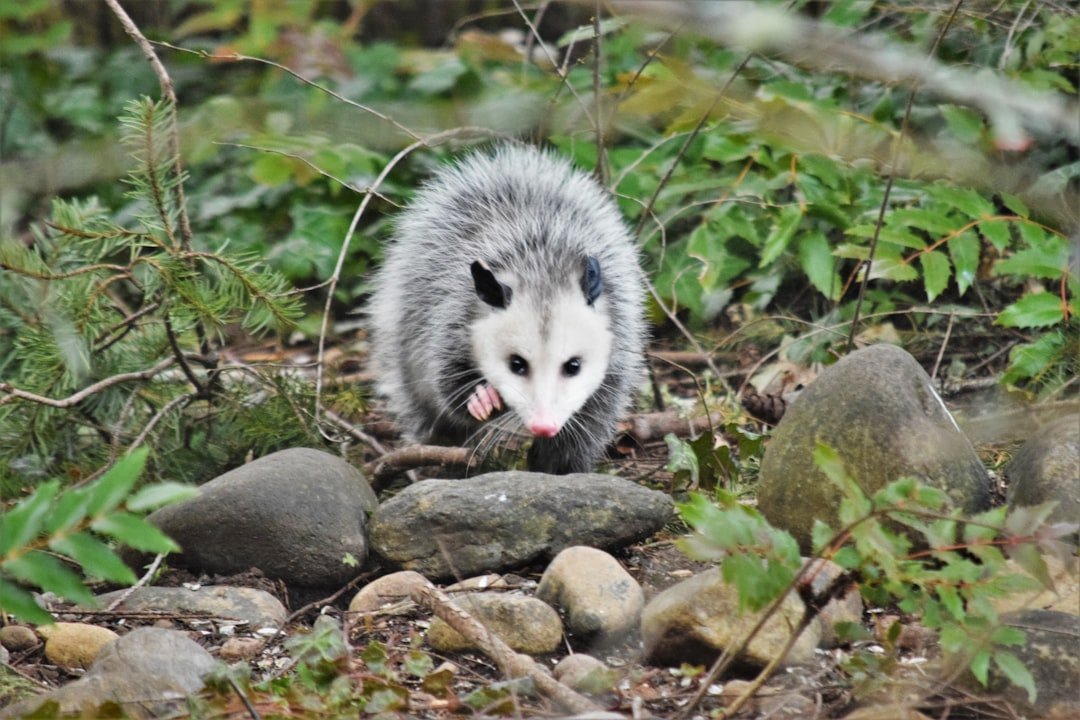
Opossums are the night-shift janitors no one invites but everyone benefits from, hoovering up carrion, fallen fruit, and a surprising number of parasites encountered as they roam. Grooming makes them formidable tick-killers, with research indicating they remove and ingest large numbers of black-legged ticks that try to feed on them. That doesn’t mean opossums alone control tick-borne disease risk in neighborhoods, yet their net effect often tilts in our favor compared with prolific disease reservoirs like mice. Add in their appetite for slugs and other garden pests, and you get a nervous, snaggle-toothed marsupial performing quiet public health and sanitation labor.
If you’ve ever wondered why your compost corner doesn’t smell worse by morning, an opossum may have passed through on patrol. In a portfolio of city helpers, they’re the understated ones keeping small messes from becoming big problems.
Why It Matters: The Services We’d Miss Overnight
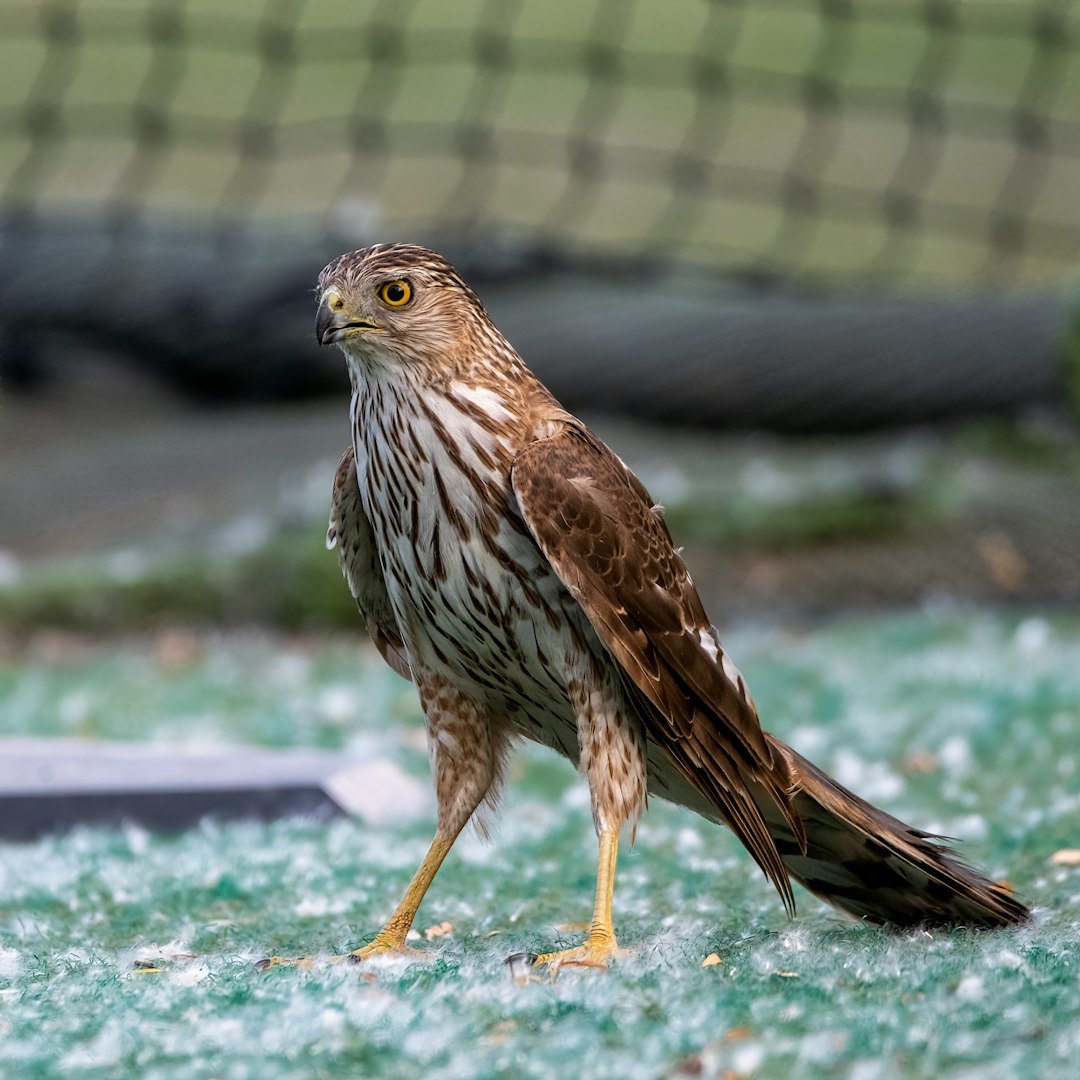
Strip these species from a city and subtle systems start to creak – pollination drops in community gardens, insect surges rattle park maintenance schedules, and scavenged waste lingers to feed other pests. Compared with blanket chemical controls, living services are dynamic and self-updating, adjusting as weather, seasons, and urban form shift. They also reduce collateral damage: fewer broad-spectrum sprays, less risk of secondary poisoning, and more intact food webs that can absorb shocks like heat waves. Programs that link habitat patches – pollinator corridors, green roofs, native tree belts – turn isolated helpers into connected networks that deliver more reliable benefits.
Even tourism and civic identity play a role; evening bat flights and falcon cams become local rituals that anchor support for conservation, turning casual onlookers into long-term allies. When we treat wildlife as infrastructure rather than ornament, city performance and public enthusiasm often move in the same direction.
The Future Landscape: Designing Cities That Work for Wildlife and Us
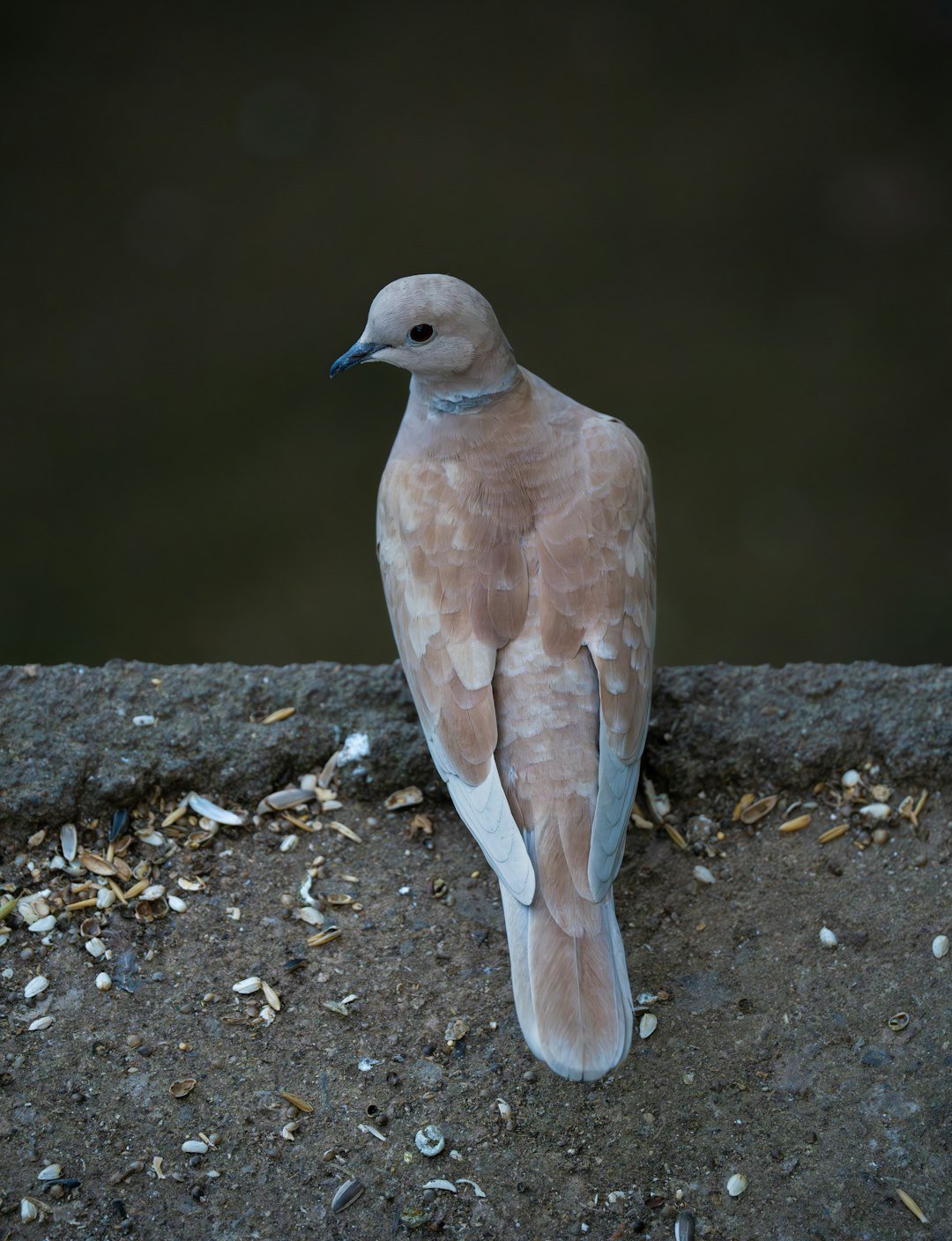
The next wave is intentional design: street trees that bloom in sequence for bees, dimmable lighting regimes that spare bats, and building codes that protect established nests and roosts. As climate change reshapes seasons, heat islands may boost some services (longer floral windows) while stressing others (droughted blooms, disease dynamics), so diversified habitat is a hedge against surprises. Monitoring will be crucial – from DNA-in-poop studies that reveal what bats actually eat to smart-camera analytics that track falcon prey trends by neighborhood. Public health teams can partner with ecologists to flag trade-offs early, such as how avian flu or rodenticide use can ricochet through urban raptors and mammals.
Cities that anticipate and design for coexistence will spend less on crisis response and get more from nature’s free maintenance crew, year after year. It’s pragmatic, not romantic: a more resilient grid built partly from fur, feathers, and wings.
Conclusion: Five Small Moves With Outsized Impact

Plant native flowers in clusters and leave some bare, sunny soil patches for ground-nesting bees; swap pesticide-heavy yard care for hand weeding and mulch. Keep pet food, compost, and trash secured to avoid training coyotes, raccoons, and opossums to approach homes, and never feed wildlife. Support lights-out programs during migration and advocate for bird-safe glass; you’ll help peregrines along with countless songbirds. Ask your building or school to add a pollinator strip or green roof and to preserve existing roosts or nests when renovating.
Finally, get curious: log an urban wildlife sighting, watch a bat emergence, or tune into a falcon cam – the more we pay attention, the better we manage what we share.

Suhail Ahmed is a passionate digital professional and nature enthusiast with over 8 years of experience in content strategy, SEO, web development, and digital operations. Alongside his freelance journey, Suhail actively contributes to nature and wildlife platforms like Discover Wildlife, where he channels his curiosity for the planet into engaging, educational storytelling.
With a strong background in managing digital ecosystems — from ecommerce stores and WordPress websites to social media and automation — Suhail merges technical precision with creative insight. His content reflects a rare balance: SEO-friendly yet deeply human, data-informed yet emotionally resonant.
Driven by a love for discovery and storytelling, Suhail believes in using digital platforms to amplify causes that matter — especially those protecting Earth’s biodiversity and inspiring sustainable living. Whether he’s managing online projects or crafting wildlife content, his goal remains the same: to inform, inspire, and leave a positive digital footprint.




